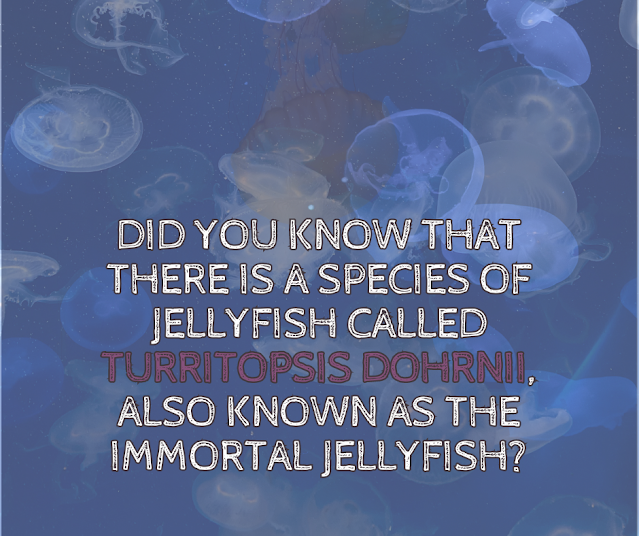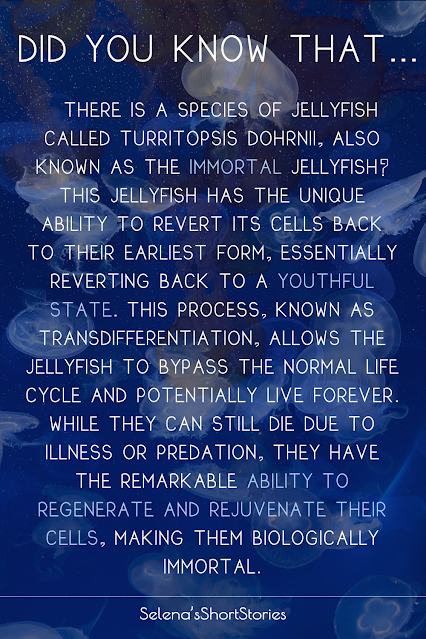Turritopsis dohrnii, also known as the immortal jellyfish or Benjamin Button jellyfish, captivates scientists and nature enthusiasts alike with its extraordinary ability to revert its cells back to their earliest form. This remarkable characteristic grants it the potential for an indefinite lifespan, defying the typical limitations of mortality. Explore the intriguing facts surrounding this captivating creature and its potential implications for scientific research.
1. Immortality Unveiled:
The most captivating aspect of Turritopsis dohrnii lies in its unique ability to undergo cellular transdifferentiation, enabling mature cells to transform into other cell types. By reverting to its polyp stage, this small jellyfish effectively restarts its life cycle, granting it biological immortality.
2. Size and Appearance:
Despite its immortality, Turritopsis dohrnii maintains a diminutive stature, measuring a mere 5 millimeters (0.2 inches) in diameter when fully grown. Its transparent bell-shaped body is adorned with vibrant hues, including shades of orange, red, and occasionally blue.
3. Global Distribution:
Originally hailing from the Caribbean Sea, the Turritopsis dohrnii has spread across various oceans worldwide through ballast water transfers by ships. These resilient creatures can thrive in temperate to tropical regions, including the Mediterranean Sea, the Atlantic Ocean, the Pacific Ocean, and the waters of Japan.
4. The Cycle of Life:
The life cycle of Turritopsis dohrnii encompasses four key stages: the fertilized egg, planula larvae, polyp, and medusa. After hatching, the jellyfish larvae float freely in the water before attaching themselves to solid surfaces and developing into polyps. Polyps can reproduce both asexually by generating budding new polyps and sexually by producing medusa (jellyfish) offspring. Remarkably, when damaged, the medusa stage of Turritopsis dohrnii can revert back to the polyp stage to repair itself, ensuring its continued survival.
5. Diet and Predation:
Turritopsis dohrnii sustains itself through a carnivorous diet, predominantly feeding on plankton, small organisms, and even the eggs and larvae of other minuscule creatures. Despite being an active predator, these jellyfish face predation from larger marine organisms, including bigger jellyfish, fish, and even turtles.
6. Potential in Research and Medicine:
The biological immortality exhibited by Turritopsis dohrnii has spurred intensive scientific research. By unraveling the mechanisms behind its remarkable rejuvenation abilities, scientists hope to uncover insights that could revolutionize regenerative medicine, advance cellular aging studies, and potentially unlock ways to extend human lifespans.
Conclusion:
The Turritopsis dohrnii, with its astonishing ability to reset its life cycle and achieve biological immortality, captivates the scientific community and raises numerous questions about the possibilities of rejuvenation and longevity. As research continues, we eagerly await further discoveries and insights that could transform our understanding of life itself.


Comments
Post a Comment